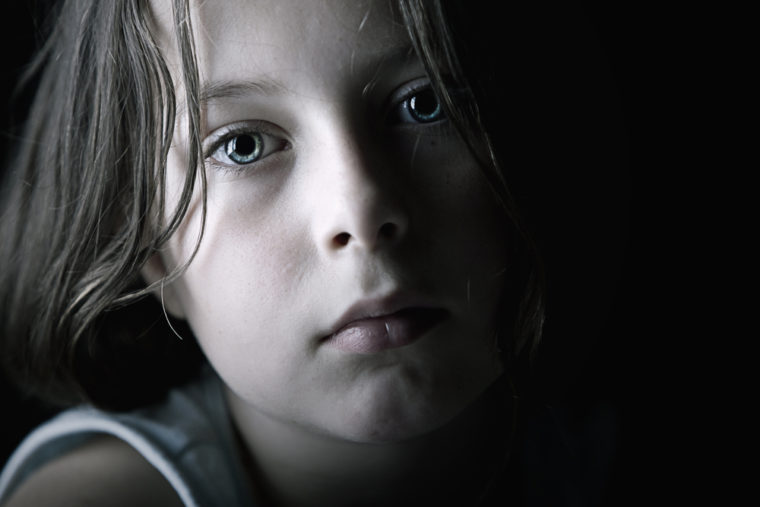David and Louise Turpin have been accused of abusing their 13 children for years inside their California home, a case that has captured international attention. What should you do to try to better recognize signs of abuse in your neighborhood?
The bottom line: If you think a child is in danger or is being hurt, call a hotline, says a child abuse expert at Washington University in St. Louis.
The Turpin case, while atypical of abuse and neglect cases in regard to the actions and conditions involved, does reference an interesting point raised by Helaine Olen in the Washington Post and others, said Melissa Jonson-Reid, the Ralph and Muriel Pumphrey Professor of Social Work Research at the Brown School and an expert on child welfare. How come neighbors, or others, never reported their concerns?
“Is it uncomfortable to decide to report maltreatment and then be uncertain with what will happen?” Jonson-Reid asked. “Of course. Lots of people, even professionals, have wrestled with this.”

Today, child abuse hotlines exist in all U.S. states and territories. Neighbors, family and other community members comprise nearly 40 percent nationally of all reports to which authorities respond, said Jonson-Reid, co-author of the 2018 book, “After the Cradle Falls: What Child Abuse Is, How We Respond To It, And What You Can Do About it.”
“While professionals with contact with children are mandated to report by law — and most receive some form of training in the process — the public is generally not,” Jonson-Reid said. “As we discuss in our recent book, there are a number of reasons why community members, and even professionals, fail to report concerns, including not knowing about the availability of hotlines or how to report; uncertainty of whether their concerns are serious enough; concerns about reprisals; and even concerns about the response of child welfare being either overly invasive or inadequate.”
Community members who are not mandated reporters need to be aware of the ability to report concerns anonymously, which is actually the case in California where the Turpin situation was uncovered, Jonson-Reid said.
Hotlines can and do respond to questions about what is “reportable,” Jonson-Reid said.
“You can call and say, ‘I really don’t know if this is reportable … is it?’ Or if you are worried about starting with a call to the child protection agency, there is a national helpline that can give you information and help you assess whether you should call child protection: 1-800-422-4543,” she said.
“If we all keep silent, this guarantees no response — and that can have lasting and tragic consequences.”
Melissa Jonson-Reid
Jonson-Reid said it still depends on the nature of the situation whether anything will come of a phone call.
“Your concerns must fit the state definitions for what child protective services can respond to,” she said. “Your report must have sufficient detail for someone to be able to respond; and, finally, there must be sufficient risk of, or actual evidence of, current harm to warrant a response.”
If you do not report, it does not mean that someone else will.
“If no one knows, then it is certain nothing will happen,” Jonson-Reid said. “In many cases, the likelihood of official response increases with the number of reports made. So even if your call does not trigger immediate response, it may be an important step toward the call that will.”
There have been cases in which child protective service agencies overreact.
“Are there cases where mistakes are made and children enter foster care when instead the family could have been helped? It is hard to imagine any system, be it medicine or social services, in which decisions are made where human error does not occur,” she said. “So yes, unfortunately, this has happened. On the other hand, if we all keep silent, this guarantees no response — and that can have lasting and tragic consequences.
“Certainly the Turpin children would have benefited from earlier intervention,” Jonson-Reid said. “People should also be aware that neglect, like what many people described as noticing in the Turpin case but not reporting, can have equally serious consequences as physical violence. Indeed, in many cases of maltreatment-related child deaths, a primary contributing factor is neglect.”
